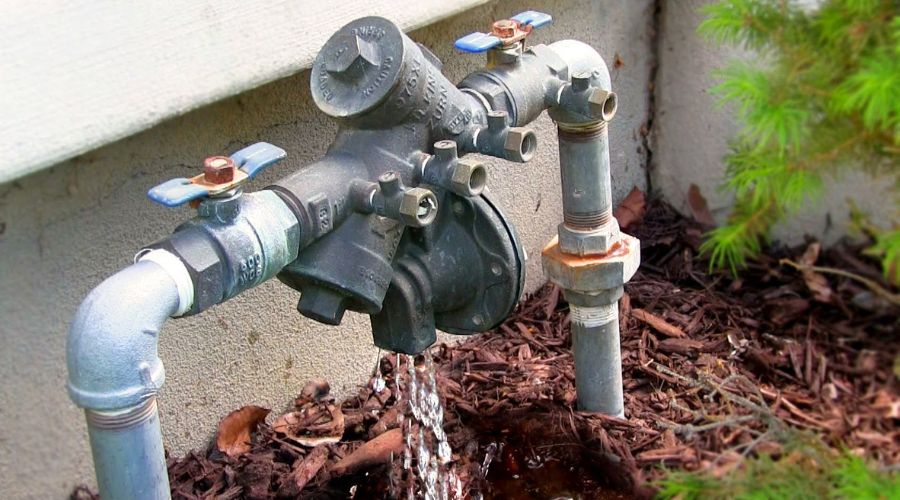Backflow: The Plumbing Issue Everyone Wants to Avoid
Simply put, backflow occurs when the flow of water reverses in the pipes and goes in the opposite direction. This can happen due to changes in water pressure, such as a decrease in supply or an increase in demand. When backflow occurs, it can contaminate the clean water supply with dirty or polluted water from other sources.
Backflow can happen in any plumbing system, whether it’s in residential homes, commercial buildings, or public facilities. It is especially concerning when it occurs in a potable water system, where the water is used for drinking, cooking, and other household purposes. Backflow prevention is crucial to keeping the water supply safe and clean.
Backflow Can Cause Serious Health Problems
One potential danger in plumbing systems is backflow, a situation in which contaminated or non-potable water flows backward into the main water supply. This can occur due to changes in pressure within a plumbing system caused by factors such as a burst pipe, accidental cross-connection, or even natural events like a flood.
Backflow poses a significant health risk to the public as it can contaminate drinking water with harmful substances, bacteria, and other contaminants. In severe cases, backflow can even lead to outbreaks of diseases. It is crucial to have proper backflow prevention measures in place to prevent the dangers of backflow. This includes installing backflow prevention devices at all potential cross-connections and conducting regular maintenance and testing of these devices.
 Backflow Testing
Backflow Testing
Backflow testing is essential to maintaining a safe and clean water supply. It involves checking backflow prevention devices to ensure they are working correctly and preventing contaminated water from entering the drinking water supply. How often backflow prevention devices should be tested depends on local regulations, but generally, it is recommended to have backflow prevention devices tested annually. However, in some cases where there is a higher risk of contamination, more frequent testing may be required.
Backflow testing is typically done by a certified backflow tester, who will use specialized equipment to check the functionality of the devices. This involves simulating different pressure conditions and ensuring the backflow prevention devices work properly. In addition to regular testing, any malfunctioning or damaged parts should be replaced promptly to ensure the continued effectiveness of the device.
 Backflow Testing Benefits
Backflow Testing Benefits
Backflow testing is a crucial aspect of maintaining the safety and quality of the water supply. One main benefit of regular backflow testing is preventing water contamination. This ensures that the water supply remains safe for consumption and reduces the risk of waterborne illnesses. Without proper backflow testing and prevention measures in place, this contamination could go unnoticed and pose serious health risks to the public.
Additionally, backflow testing also helps identify any issues or malfunctions in plumbing systems, allowing professionals to address them before they become more serious problems. In addition to protecting public health, backflow testing also has financial benefits. By preventing contamination and maintaining the quality of a water supply, costly repairs and potential damage to plumbing systems can be avoided. This can save both individuals and communities significant amounts of money in the long run.
About Neighborhood Plumbing & Drain
Neighborhood Plumbing & Drain is a local company that has been serving Lakeway, TX, and the surrounding areas since 2008. They provide the latest technology, high-end installations, and prompt and professional service. Call them today for backflow testing and repair services in Lakeway, TX.

